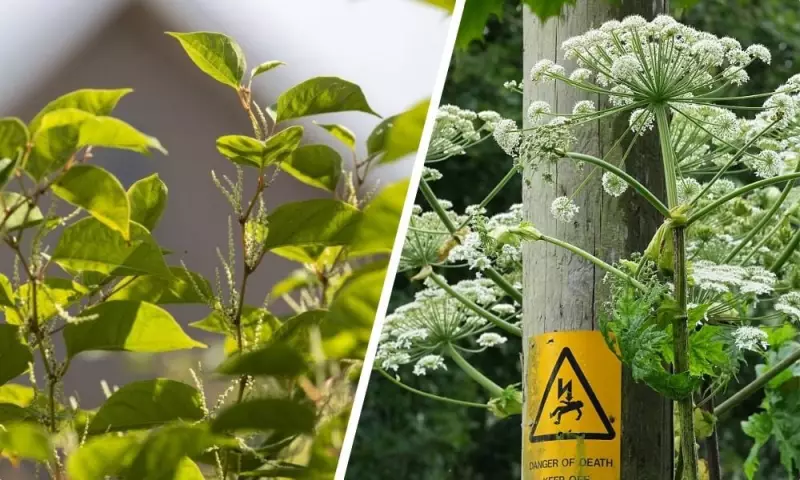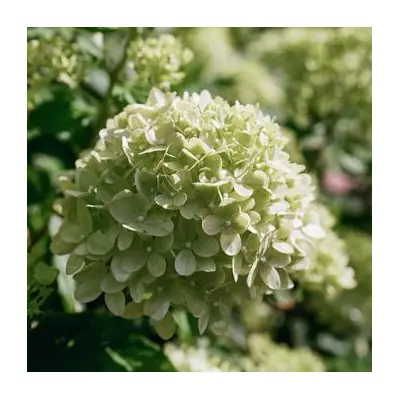
As autumn leaves continue to fall and temperatures drop, seasoned gardeners are seizing a hidden advantage in the battle against persistent weeds. November presents a unique window of opportunity that could transform your garden's fortunes come spring.
Why November is Your Secret Weapon Against Weeds
While many gardeners are packing away their tools for winter, November offers three crucial advantages in the fight against unwanted vegetation:
- Weed vulnerability: As plants prepare for dormancy, they're channelling energy downward to their root systems, making them more susceptible to complete removal
- Prevention is better than cure: Eliminating weeds now stops them from establishing strong root networks over winter
- Chemical advantage: Herbicides work more effectively when applied to stressed plants in cooler conditions
Three Watch-Outs for Successful November Weeding
- Timing is everything: Target weeds after the first frost but before the ground freezes completely. This sweet spot ensures plants are weakened but soil remains workable
- Root removal matters: Focus on extracting the entire root system, particularly for perennial weeds that can regenerate from leftover fragments
- Soil consideration: Avoid working on waterlogged soil as this can damage soil structure and create compaction issues
Expert Techniques for Permanent Results
Professional gardeners recommend a multi-pronged approach for lasting success. Hand-pulling remains effective for larger specimens, while hoeing works well for annual weeds. For particularly stubborn cases, consider targeted organic herbicides or the smothering technique using cardboard or mulch layers.
"November weeding is like getting ahead of next year's problems," explains one horticultural expert. "The effort you put in now pays dividends throughout the entire growing season."
Beyond Weeding: Preparing for Spring
While tackling weeds, take the opportunity to improve soil health by adding well-rotted compost or manure. This not only nourishes your plants but helps create conditions less favourable for weed establishment in the future.
Remember that consistency is key. Regular monitoring and immediate action against new weed sightings throughout late autumn will significantly reduce your gardening workload when spring arrives.





